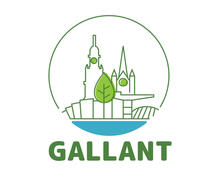Following the National Coastal Change Assessment in Scotland, this project has been part of the next phase of the progamme Dynamic Coast. This phase of work mapped and categorised the resilience of Scotland’s natural coastal defences, identifying where low dunes may breach. It estimated how future climate change may exacerbate erosion on our soft (erodible) coast. It incorporated the latest monitoring techniques to inform natural resilience and vulnerability of the shoreline. The damage that climate change could cause to nearly one fifth of Scotland’s coastline and the steps that could be taken to mitigate was forecasted in this two year research project. The research was led by the Scottish Government and Scottish Natural Heritage (SNH) and was carried out by a University of Glasgow team from the Schools of Geography and Environmental Science, and Education. It launched in January 2018 and was funded by CREW (Centre for Expertise in Water). It focused on five specific 'super-sites' including Montrose Bay, St Andrews and Skara Brae to forecast future change and erosional damage and also worked with stakeholders including local authorities, Scottish Environmental Protection Agency (SEPA) and Historic Environment Scotland to develop plans to mitigate these effects. This helped demonstrate the applicability and need for adaptation actions across the public sector. Importantly it also considered the social justice implications of existing and climate change exacerbated coastal erosion in Scotland.
The CR&DALL contribution was led by Dr Ria Dunkley, who has been working mainly on explorating the relative social vulnerability of communities to coastal erosion. This a further example of work that CR&DALL is undertaking in the field of place-based informal learning.
A summary final report is found at this link, and a report entitled, Mapping Coastal Erosion Disadvantage in Scotland, was led by Dr. Dunkley.
Both reports are attached













Latest Comments